The international research team containing 5 researchers from PUC (Dr. Tsawe-Munga Chidongo, Dr. Ibrahim Busolo), AASZ (Prof. Aleksandra Łukaszewicz Alcaraz), and UNIMC (Prof. Flavia Stara, Prof. Giuseppe CapriottI) was established to work on tangible and intangible cultural heritage on the coast of Kenya. The group has been divided into two teams: the first working on tangible Swahili cultural heritage, the second working on intangible Mijikenda heritage.
During the secondments the team carried out the following activities to research on tangible and intangible cultural heritage on the Kenyan coast, its changes, and transformation of its perception:
– analysis of the tourist book guides, to understand how the ruins of the Swahili cities are presented to the potential public in the international guides for tourists and in the local guides for Kenyan citizens,
– gathering of completed questionnaires to understand the perception of the value of cultural heritage among local populations, mostly teachers, students, and owners of economic activities close to the ruins,
– interviews with the curators of the three heritage sites in Kilifi County: Gede ruins; Jumba La Mtwana ruins; Mnarani ruins,
– oral history, involving memorialization methods from key informants, focus group discussions, documented information on Mijikenda people from National Museum Library in Malindi,
– field trips and conversations with elders from Malindi Cultural District Association (MDCA), and Kayas (sacred forests of Mijikenda): Kaya Godoma, Kaya Kinondo, Kaya Rabai.
The work on cultural heritage along the Kenyan coast is based on the research on:
– the touristic sites involved in the scientific research on the perception of the value of tangible cultural heritage along the Kenyan coast are: Mnarani ruins in Kilifi; Gede ruins in Gede; Jumba La Mtwana in Mtwapa,
– customs and beliefs of Mijikenda people, and contemporary changes inflicted on them due to modern transformation of Kenan society, in cooperation with Malindi Cultural District Association (MDCA), including interviews and research trips to Kayas (sacred forests of Mijikenda) as: Kaya Godoma, Kaya Kinondo, Kaya Rabai.
The team decided to prepare the common research work titled ‘The Perception of Tangible and Intangible Cultural Heritage in the Kenyan Coastal Region: Recognition and Evaluation of Transformations’.
The work contains subsequent parts:
Perception and Preservation of Cultural Heritage through Active Imagination, by Prof. Flavia Stara;
Swahili Cultural Heritage: origins, developments, and influences, by Ibrahim Busolo;
Comparing Perceptions. Kenyan and Western Approaches to Coastal Kenyan Ruins, by Prof. Giuseppe Capriotti;
Modern Social Innovation in the Cultural Heritage of the Mijikenda Community of Coastal Kenya, by Dr. Tsawe-Munga wa Chidongo;
Transformation of Intangible Cultural Heritage in the Kenyan Coastal Region, by Prof. Aleksandra Łukaszewicz Alcaraz.
The team was initially interested in the ‘Social Epistemology’ scientific journal (Taylor&Francis) to publish the thematic issue with an estimated length of 20 000 words. On the 22nd of March 2021, there were held live meetings of the researchers involved in the work, during which the internal deadline for collection of papers was extended to 1st of October 2021.

